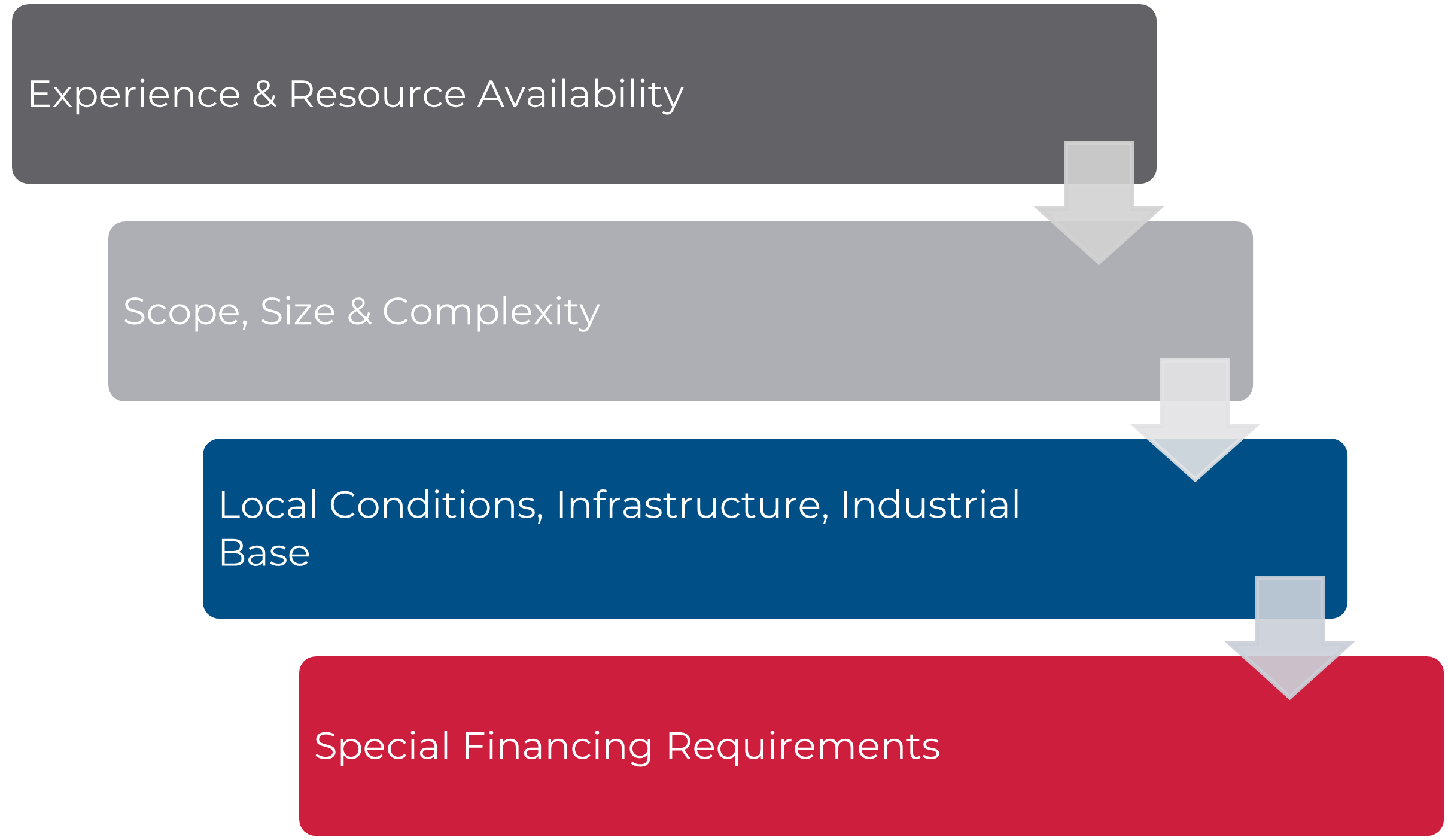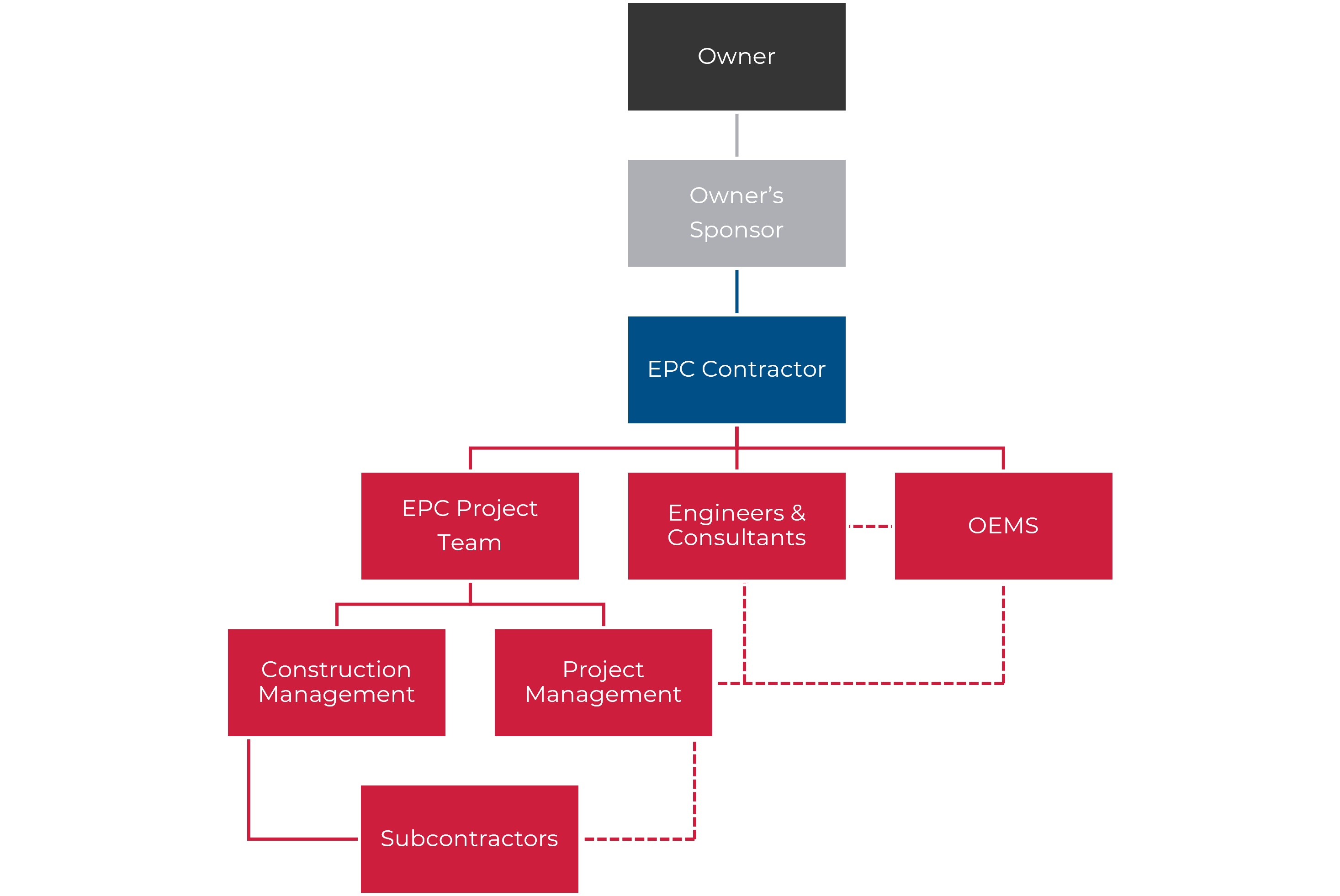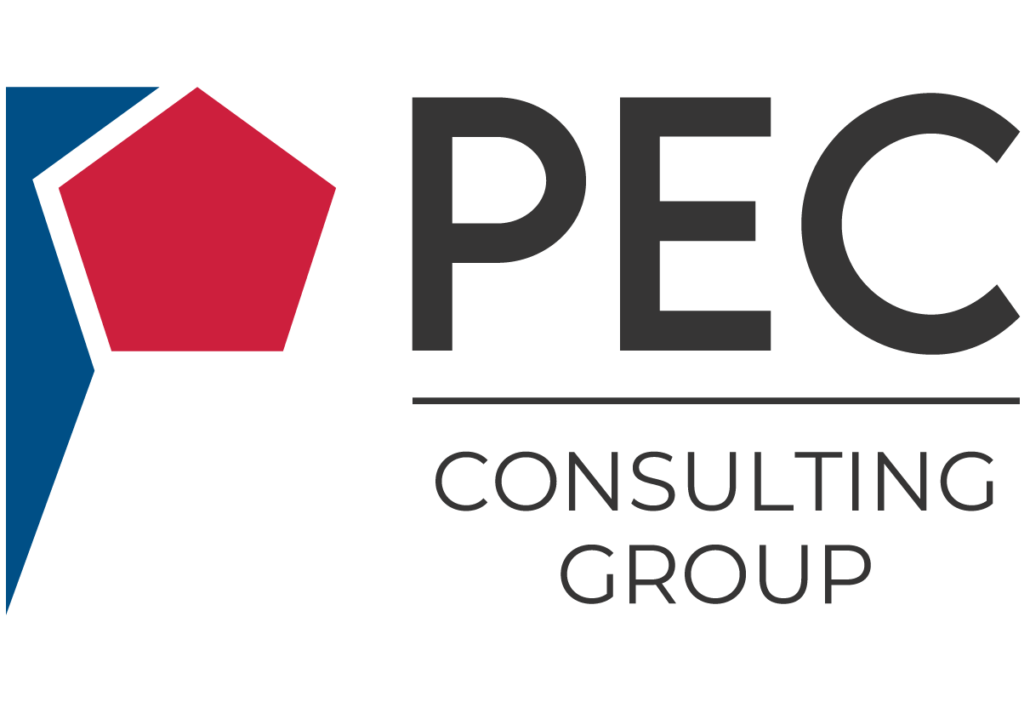Project Execution Strategy
By Christian Benavides
1. EPC, EPCM, or Owner-managed – Which is the Best Path for your Next Project?
The Project Execution Strategy should be decided early in the planning process, preferably during the Feasibility Study. More specifically, the “best fit” approach should be apparent sometime between identifying a baseline scope and schedule. In most cases, the Feasibility Study will contain enough information for the project sponsor to finalize recommendations to management on which Execution Strategy best fits the project.
There are specific conditions and determining factors that will help you decide which approach best suits your project. The most critical items to consider when selecting the execution approach are shown in Figure 1.
Figure 1. Execution Approach-Conditions & Influences to be Considered

2. Engineering, Procurement, and Construction (EPC)
The selection of the EPC Contractor generally results when the Owner wants limited risk and is prepared to pay a higher price for a fixed budget. This approach is recommended for several reasons, but mostly if the Owner lacks the experience and resources (skilled project staff) to effectively manage the project.
The benefits of choosing the EPC approach include the following:
- Reduced owner risk.
- Fixed schedule with delivery date.
- Fixed budget (less change orders).
- Single source for performance guarantee.
The negatives of the EPC approach include the following:
- High premium.
- Longer bidding process.
- Limited control over details.
- Change orders arising from additional scope.
With the EPC approach, before signing the contract, it is paramount that the Owner spells out as much detail as possible within the scope of work. A poorly detailed scope will most certainly result in change orders or poor quality. Because this is to be avoided, it is especially important that the Owner’s project manager resist pressures to fast-track the bidding process.
Most of the Owner’s risk can be eliminated in this single contract, so it is important that it is as detailed as possible. Unfortunately in some cases, certain details cannot practically be obtained prior to the Contract; this is a common occurrence in complex projects that require lots of interfacing with existing facilities. In those cases, be sure that you are carrying sufficient contingency on the conservative side.
The Organization for the EPC Approach can be seen in Figure 2.
Figure 2. Typical Organization for EPC Approach

3. Engineering, Procurement, Construction, and Management (EPCM)
The EPCM approach allows the Owner to maintain more control over the project’s Scope and Schedule while the EPCM contractor serves and acts on the Owner’s behalf. The role of the EPCM contractor is to provide the Owner with engineering, procurement assistance, construction supervision and management.
The extent of services provided by the EPCM contractor is dependent on the capabilities of the Owner’s staff; however, typically the EPCM contractor will be responsible for:
- Design and Engineering work.
- Providing documentation and expertise for the permitting process.
- Negotiations with vendors and contractors and recommendations to the Owner.
- Issuing Purchase Orders and contracts on behalf of the Owner (dependent on the Owner’s desire).
- Monitoring and controlling project vendors and contractors during procurement and construction.
The Owner will provide:
- Overall control (staff a Project Management Team).
- Approval of the selection of vendors and contractors.
- Issue contracts and purchase orders (unless delegated to EPCM).
- Acquire permits and approvals.
Benefits of the EPCM approach include:
- Maintain overall control of the Project.
- No markup due to Contract Risk.
- Competitive pricing advantages remain with the Owner.
Negatives of the EPCM approach include:
- The owner has most of the risk.
- Increased Owner effort required.
- Potential for Gaps in Scope Coverage between Contractor and Vendors.
The Organization for the EPC Approach can be seen in Figure 3.
Figure 3. Typical Contractual Organization for a EPCM Approach

4. Owner Managed Project
With Owner Managed Project, the Owner is fully committed to managing all aspects of the project. This approach has the potential for the greatest cost saving, but only if the Owner has the resources and experience for the complexity and size of the project. Again, if a feasibility study is performed in the early stages of the project, the project sponsor should be able to make a recommendation on whether this approach is viable.
Benefits of the Owner managed approach include:
- Absolute Control over the project.
- Direct Oversight over Engineering & Design.
- Competitive Pricing; advantages remain with the Owner.
- Potential for Cost Savings and fast-tracking.
Negatives for the Owner managed approach include:
- The Owner has all the Risk.
- Increased Owner Effort Required.
- Potential for Gaps in Scope Coverage.
- Potential for Gaps in Design & Engineering.
- Need for Temporary or reallocation of Resources.
- Increase Demand on Departmental Staff.
- Potential for Cost Overruns.
The Organization for the Owner Managed Approach can be seen in Figure 4.
Figure 4. Typical Organization for an Owner-Managed Approach

5. Summary
Selecting the Project Execution Strategy is ultimately dependent on the Owner’s risk tolerance and Project Management capabilities, desired level of involvement and control, and budget constraints.
About the Author(s)
Christian Benavides
Mr. Benavides has over 20 years’ experience in Project Management and on-site installations. He has worked in multi-cultural, heavy industrial environments, which has provided him with disciplined management skills for personnel and projects. His skills include capital cost estimating, project scheduling, project planning and control. His experience also includes the management and supervision of protective coatings installations. Mr. Benavides has a degree in Architectural Design from the University of Arkansas, Fayetteville, AR, and an Associates in Construction Management from St. Louis Community College, St. Louis, Missouri.
PEC Consulting Group LLC | PENTA Engineering Corporation | St. Louis, Missouri, USA
How can we help you? Get in touch with our team of experts.
